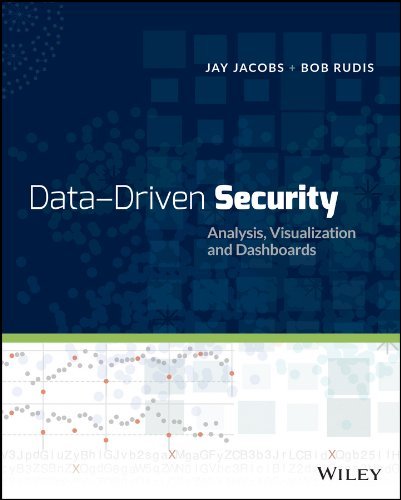If you’re even remotely familiar with slopegraphs, then you’ll recognize Tufte’s classic 1970-1979 GDP chart example (click for larger version):

What you may not notice initially, however, is that Tufte — well — cheated. Yes, I said it. Cheated. I can show it by zooming into the “Belgium/Canada/Finland” grouping in the left column:

The value “35.2” shows up twice and is actually equivalent (on the scale) to the “34.9” value. If the numbers were actually representative of the positional elements, the slopegraph should, in fact, look more like this (you’ll need to click on the image to view it, as it’s big):
You may want to even grab the PDF version as it’s a bit more legible if you’re going to peruse it for any length of time.
One of the strengths of the slopegraph chart is to have every bit of ink be useful. In the GDP chart, however, while the slopes are accurate (as you’ll see below) you’re a bit misled by the juxtaposition of similar values on either column and the use of detailed values when clearly the chart data has been rounded. Here’s more of what the actual chart represents (click the graphic for larger version):

If you compare this version (made with my code) with Tufte’s example, you’ll see the similarity (except that I group common values on a single line). I only discovered this after inputting the GDP numbers from Tufte’s chart into an example configuration that I could use with my code.
The fact that Tufte rounded (perhaps “binned” may be a better word) the values does not make the results less useful nor make the “Britain” outlier any less significant (it’s even more pronounced in my huge, “unbinned” version). But, his graphic does seem misleading (to me) knowing that they are rounded values. I believe something like this would have been a more honest reproduction,even though it adds ink (click the graphic for larger version):

I believe a cue about the rounding and the inclusion of the actual values make this a more honest chart.
As a result of this digging, I’m going to be working on some “binning” code for my slopegraph implementation. I’m anticipating having to use a more interactive model when it comes to some data sources (think hover/zoom for data detail) and will probably look at using Raphael or D3 for them.
I’m curious as to what you think of the “undeclared rounding” and how you’d present the information given the obvious need for some type of “binning”.

Pingback: Slopegraphs in R | rud.is